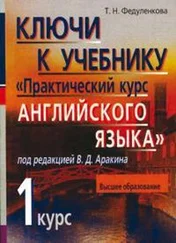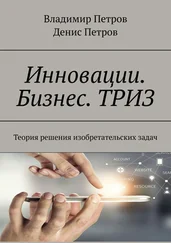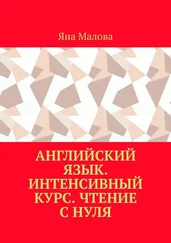1 ...5 6 7 9 10 11 ...173 For Detroit, Ford’s success may herald a turning point. It’s true that Detroit still suffers from a perception of poor quality and a sense that it’s out of step with the customer. That’s why the Big Three continue to lose market share to imports from Japan and Europe. But Taurus and Sable demonstrate that the former American competitive edge is not completely lost. U.S. carmakers can still build a machine that excites the average American driver.
How did Ford pull it off? Largely, by stealing a page from the Japanese. It studied customer wants and needs like never before, made quality the top priority, and streamlined its operations and organisation. Top management is so pleased with the result that the Taurus approach will be incorporated in all future development programs.
Radical Steps.The Taurus-Sable project was conceived in the bleak days of 1980, when Detroit was deep in recession. Ford’s executives finally realized that fuel economy was not the only reason consumers were choosing imports. «It was painfully obvious that we weren’t competitive with the rest of the world in quality,» says John Manoogian, who then was Ford’s chief of quality. «It became our number 1 priority.» Adds Lewis Veraldi, who headed the Taurus-Sable program: «We decided we had better do something far-reaching – or go out of business.»
Taurus and Sable were a huge gamble, indeed. When the automaker realised it needed to take radical steps to lure drivers back into the American fold, it decided that its new cars would replace the company’s best-selling models, Ford LTD and Mercury Marquis. To make sure Taurus and Sable would succeed, Ford invested $3 billion – an unprecedented amount for a new-car project.
The first step was to throw out Ford’s traditional organisational structures and create Veraldi’s group, christened Team Taurus. Normally, the five-year process of creating a new automobile is sequential. Product planners come up with a general concept. Next, a design team gives it form. Their work is handed over to engineering, which develops the specifications that are passed on to manufacturing and suppliers. Each unit works in isolation, there is little communication, and no one has overall project responsibility.
Turning the Tables.Team Taurus took a «program management» approach. Representatives from all the various units – planning, design, engineering, and manufacturing – worked together as a group. Top management delegated final responsibility for the vehicle to Team Taurus. Because all the usually disjointed groups were intimately involved from the start, problems were resolved early on, before they caused a crisis.
Ford methodically set out to identify the world’s best-designed and engineered automotive features, so that as many as possible could be incorporated in Taurus-Sable. Ford engineers turned the tables on the Japanese and did some «reverse engineering» of their own – to learn how the parts were assembled as well as how they were designed.
The company bought a Honda Accord and a Toyota Corolla and «tore them down layer by layer, looking for things we could copy or make better,» Veraldi says. All told, engineers combed over 50 comparable midsize cars. They found that the Audi 5000 had the best accelerator-pedal feel. The award for the best tire and jack storage went to the BMW 528e. Of the 400 such «best in class» features, Ford claims that 80% are met or exceeded in Taurus-Sable.
At the same time, to determine the customers’ preferences, Ford launched its largest series of market studies ever. That led to features such as a net in the trunk that holds grocery bags upright and oil dipsticks painted a bright yellow for fast identification. «Little things like that mean a lot to people,» notes Veraldi.
Worker Input.Meanwhile, a five-member «ergonomics group» spent two years scientifically studying ways to make the cars comfortable and easy to operate. They took seats from 12 different cars, stuck them into a Crown Victoria and conducted driving tests with a big sample of male and female drivers in all age groups who were then quizzed on what they liked and did not like. The best elements were combined to create the Taurus-Sable seats. Similarly, dashboard instruments and controls were tested to determine ease of use. People were timed pushing buttons, flipping switches, and pulling levers. It turned out that the quickest and most comfortable way to turn on the headlights was to turn a large round dial mounted on the left side of the steering column. That’s how you do it in the new Fords.
Ford also made some distinctly un-Detroit changes in production. It asked assembly-line workers for their advice even before the car was designed, and many of the suggestions that flooded in were used. For example, workers complained that they had trouble installing car doors because the body panels were formed in too many different pieces – up to eight to a side. So designers reduced the number of panels to just two. One employee suggested that all bolts have the same-size head. That way, workers wouldn’t have to grapple with different wrenches. The change was made. «In the past we hired people for their arms and their legs,» says Manoogian. «But we weren’t smart enough to make use of their brains.»
The Team Approach to Product Development
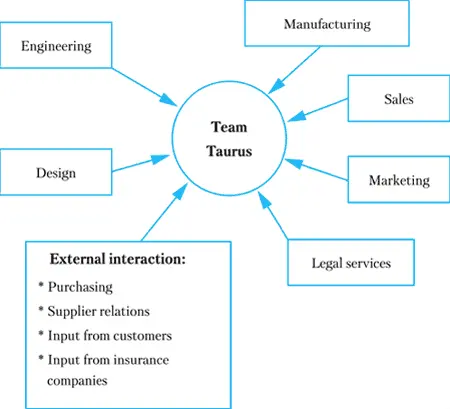
Bulging Backlog.Ford pulled suppliers into the effort too. Typically, an automaker turns to its suppliers almost as an afterthought. Only when a car’s design has been completed does the manufacturer send out specifications for parts and solicit bids in search of the lowest cost. The companies that are chosen keep the business only until a lower price comes along. Team Taurus, on the other hand, signed long-term contracts with contractors and invited them to participate in product planning. «We never had the supplier input we had on this car,» says Veraldi. «Now we’ll never do it any other way.»
Taurus and Sable have not been completely free of problems. There have already been recalls to correct troubles with the side windows in station wagons and with the clutch in some four-cylinder models. As for overall reliability, it will be a year or two before an accurate track record on repairs emerges.
Still, Ford’s bet on Taurus-Sable is paying off – handsomely. With bare-bones models starting at $10,200, more than 130,000 of the midsize sedans and station wagons have been delivered so far, and Ford has a backlog of orders for 100,000 more. Elated dealers say that customers – some of whom haven’t set foot in a domestic producer’s showroom for years – are content to wait patiently for two months or more to drive away with a Taurus or Sable.
In fact, transplanting many Japanese principles worked so well for Team Taurus that Ford decided to apply management-by-teamwork across the board. It promoted Veraldi to vice-president for car-programs management and gave him the job of spreading the message throughout the company. Ford, it seems, isn’t too haughty to say arigato gozaimasu – thank you very much.
Source: Business Week, June 30, 1986, p. 69—70.
1. perception n – восприятие
perceive v – воспринимать
perceived a – воспринимаемый
2. competitive edge– конкурентное преимущество
3. carmaker (automaker) n – автомобилестроитель
4. streamline v – рационализировать, оптимизировать
Читать дальше
Конец ознакомительного отрывка
Купить книгу
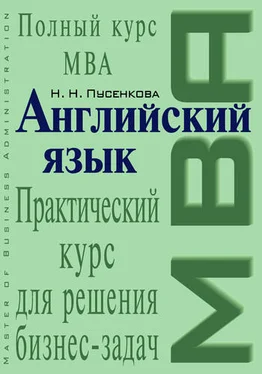


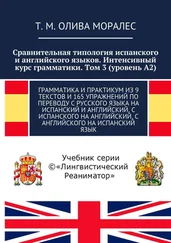

![Владимир Аракин - Практический курс английского языка 3 курс [calibre 2.43.0]](/books/402486/vladimir-arakin-prakticheskij-kurs-anglijskogo-yazyk-thumb.webp)

